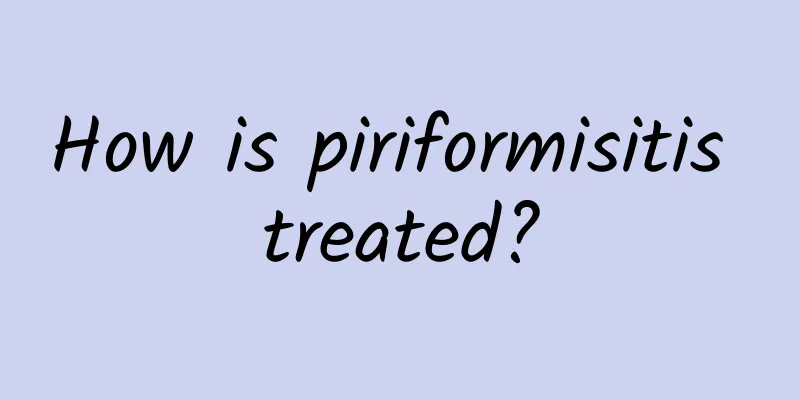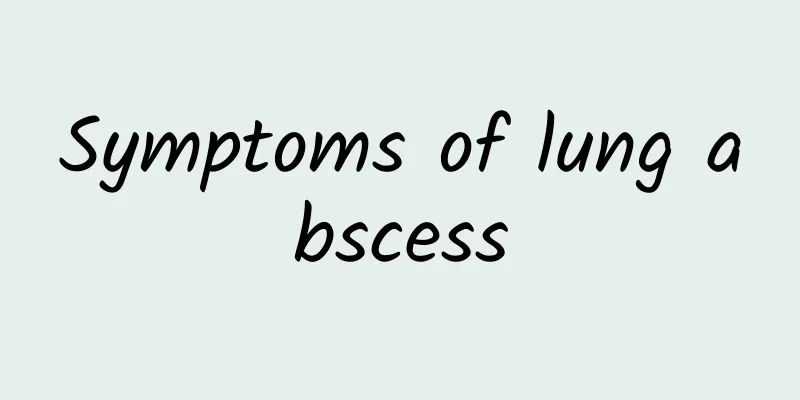How is piriformisitis treated?

|
There is a muscle deep in the lower buttocks of the human body called the piriformis muscle. The piriformis muscle is inseparable from the activity of the sciatic nerve. When the piriformis muscle is frequently compressed, strained, or exposed to cold, it will have symptoms of aseptic inflammation, contracture, adhesion, and other manifestations. Pain will occur in the lower limbs when walking and other activities, affecting life and causing inconvenience. Piriformisitis needs to be treated in time. How to treat piriformisitis? Let’s take a look at it next. 1. What is piriformisitis? The patient complains of pain in the buttocks and posterior and lateral thighs, sometimes radiating to the lower limbs and perineum, which is more obvious when the lower limbs are moved. Physical examination showed positive or questionable positive straight leg raising test, positive lower limb external rotation test, and tenderness in the middle and lower buttocks. For most patients, long-term treatment for intervertebral disc herniation is ineffective. 2. What are the symptoms of piriformisitis? There is a major muscle deep in the middle and lower buttocks called the piriformis muscle. In addition to participating in the composition of the pelvic muscles and the movement of the lower limbs, it has a close relationship with the course of the sciatic nerve, and the sciatic nerve bundle passes through its upper, middle and lower parts. When the piriformis muscle is subjected to long-term compression, trauma, strain, or cold, it will spasm, swell, and develop an aseptic inflammatory reaction, followed by contracture and adhesion. This will compress the sciatic nerve and cause symptoms similar to a herniated disc. The pain will worsen when walking, rotating the lower limbs, or getting cold. At this time, local infiltration blockade of the piriformis muscle can immediately confirm the diagnosis by feeling the disappearance of buttocks pain and radiating pain. 3. How to prevent piriformis Prevention is mainly to prevent the gluteal muscles from getting cold and under pressure, such as avoiding sitting for long periods of time and sitting on cold benches. Secondly, you should make appropriate adjustments to your usual standing and sitting postures. In addition to local infiltration blockade, massage, physical therapy, acupuncture, hot compress, etc. all have certain therapeutic effects. For those who do not respond well to non-surgical treatment, the attachment point of the piriformis muscle can be cut off or the piriformis muscle can be partially removed to relieve the pressure on the nerve. IV. Treatment methods Treatment can relax muscles and tendons, promote blood circulation and relieve blood stasis. ① The patient lies prone and the method is performed on the patient's buttocks to relieve spasms. ② Perform acupressure along the direction of the piriformis muscle, focusing on the Ashi, Huantiao, Zhibian, Yinmen, Weizhong, and Zusanli points. The plucking method can also be used in conjunction with the internal and external rotation of the hip joint. ③For those with lower limb pain, move, press, and pluck the painful area. ④Then smooth out and disperse. 5. Note For patients with acute injuries, the technique should be gentle. |
<<: White tongue when waking up in the morning
>>: How to repair surgical scars?
Recommend
What should I do if my child has numbness?
Measles in children mainly refers to the child su...
Will my breasts swell and ache after the fertilized egg implants?
Speaking of the development process of human bein...
Protruding cervical bones behind the neck
The protrusion of cervical bones at the back of t...
Causes of stomach pain
What is the cause of stomach pain? Many people ar...
Long strips of mucus after medical abortion
There are many methods of abortion, and medical a...
Can normal people take liver protection tablets?
For people with normal liver function, there is n...
What is the function of moxibustion beauty stick?
Acupuncture is a method of achieving therapeutic ...
What to do if your digestive system is not good
Although people look better when they are thin, b...
What are Carbohydrates
Carbohydrates are an essential element in our hum...
Observe the sublingual collaterals to understand the flow of qi and blood, and the clinical application of the sublingual collaterals
There is a most convenient "window" tha...
Dietary considerations for psoriasis
Psoriasis is the most difficult disease to treat....
Can people with hyperthyroidism eat American ginseng?
Speaking of a medicinal material like American gi...
Color blindness and color weakness can finally be cured
Color blindness and color weakness are quite comm...
How to use white vinegar to enlarge breasts?
Many girls are passionate about breast enhancemen...
The difference between false pregnancy and early pregnancy
The symptoms of false pregnancy and early pregnan...









